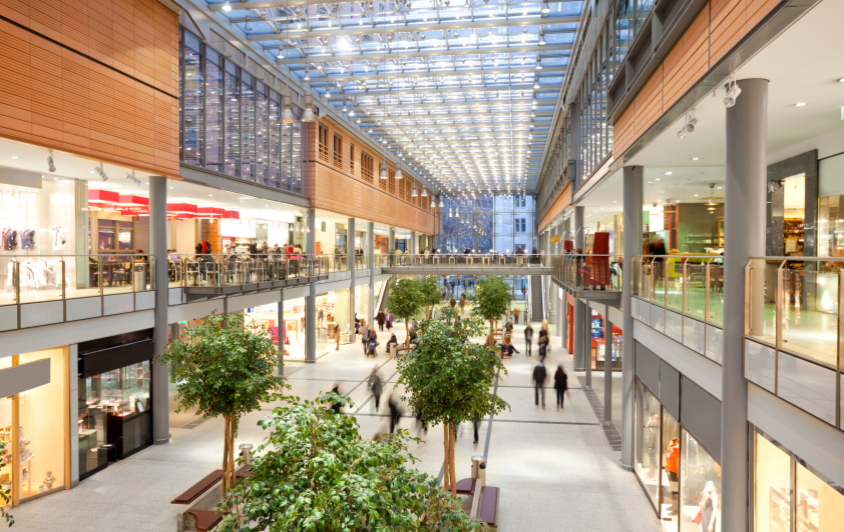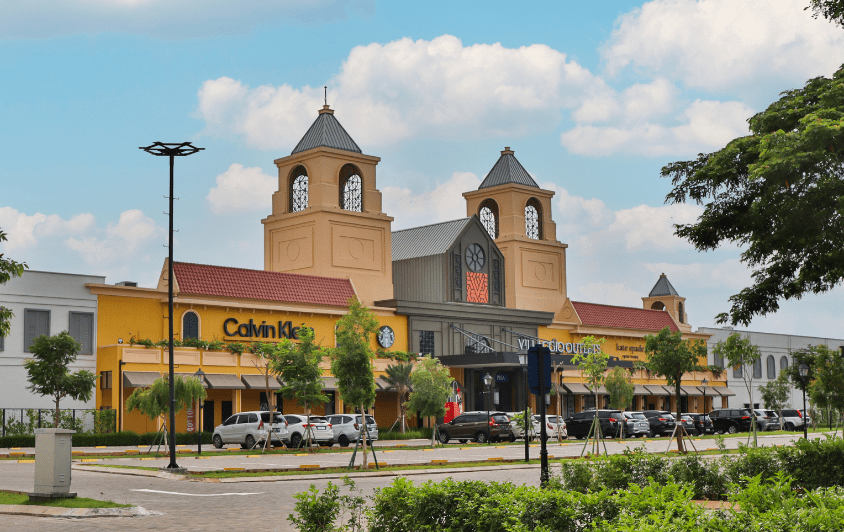It’s no news that the retail landscape has been under immense pressure for the last few years. The shift in customer behavior, accentuated by the pandemic, has caused many retailers to re-evaluate the profitability of brick-and-mortar.
The shift towards online retail has affected how customers interact with physical stores for many years, and we’ve seen its adverse effects on retail destinations worldwide. The BBC reported that the UK had lost 83% of department stores over the last five years. Similarly, the US market has seen a steady rise in store closures pre-dating the pandemic, as Forbes reported 9,879 closures in the US as of 2019, a 73% increase from 2018. In addition, retail giant Macy’s, the owner of Bloomingdale’s, revealed their three-year plan to close 125 locations just before the pandemic outbreak in February 2020.
However, this pattern has been exacerbated by the pandemic. Similar to the rest of the world, the UK saw more than 16,000 stores close due to the enforced lockdown. With sales from physical stores plummeting and retail brands reducing their physical footprint, vacancy rates in shopping malls have soared. Resulting in commercial landlords having to face enormous uncertainty around their ability to find and retain tenants. At the start of 2022, empty mall space in the US represents more than 90 million square feet as landlords face mounting costs.
Why shopping malls need a collaborative relationship with their retailer tenants
Historically, landlords and tenants have had transactional relationships. Commercial rent was defined as a fixed annual commitment across an agreed lease period. However, the traditional relationship between landlords and tenants has become increasingly void in this new consumer landscape, and conventional leasing systems are now considered inflexible and outdated. Many have called for a reformed approach to commercial leasing based on turnover percentage. An approach embodied by many outlet stores, which pay a percentage of rent based on their revenue.
Although this approach is not always preferable, tying rent to a tenant’s trading performance also has advantages for landlords. It can better align the interests of both parties so that they mutually benefit from each other’s success. For example, the landlord and tenant share an ‘equity-style’ relationship. This approach also helps tenants navigate the turbulence of seasonal cycles and reduces the risk of tenant failure and the consequential impact on landlords. Such as paying business rates on empty properties, reducing visitor appeal, and increasing irrecoverable costs.
Consequently, a collaborative relationship with tenants is both fortunate and mutually beneficial. Landlords must work harder than ever to prove their physical merit in a demanding and competitive market. Therefore, landlords must offer more value to attract and retain tenants and explore innovative solutions, such as shopping mall loyalty programs to maintain successful tenant partnerships.
Driving value to tenants with actionable customer insights
Nearly all retailers rely on data to measure success and plan campaigns. Shopping malls offering retailers reliable and accurate data, including actionable customer insight, are likelier to win a bid.
This is because physical retail is not diminishing but instead going through a digital transformation, disrupting traditional retail strategies. In fact, retailers still rely on physical customer engagement, and those that have digitally evolved have reaped the rewards. For example, retail giants like Harrods, Next, Marks & Spencer’s, Ikea, Aldi, and Amazon are opening several new sites in 2022. Forrester predicts that 72 % of US retail sales will still occur in brick-and-mortar stores in 2024.
The end of the pandemic has brought about a new age of brick & mortar as 80% of consumers now engage with digital touchpoints at some stage of their shopping journey. Thus, a new era of omnichannel retail has emerged. We have seen major retailers embracing digital evolution and adapting their approaches. They are now exploring newer products and to offer customers superior experiences. Consumers demand seamless retail experiences alongside faster and more efficient services and deliveries. As a result, retail tenants now require access to data-driven technology to help them reinvent how shoppers interact in-store and online by creating personalized and unique shopping experiences.
Shopping mall loyalty programs can help. Utilizing customer data from coalition loyalty solutions gives retailers unique insights into untapped customer audiences. Coalition programs optimize sales and marketing by helping retailers map their spend demographic. They provide insights into customer interactions with brands while showing how shoppers behave outside the store. Shopping mall loyalty programs allow brands to monitor these behaviors and make it easier to access key performance data. This adds significant value for tenants by providing information unavailable elsewhere. As a result, this new allied approach to commercial retail can nurture landlord and tenant relationships.
How tenants will benefit from a shopping mall’s loyalty customer experiences
Today, in retail, offering unique and seamless experiences for customers throughout their journey (i.e. utilizing digital touchpoints and physical engagement) is critical to creating a vital competitive edge.
A digital transformation presents an opportunity for traditional retailers to improve the overall shopping experience for the customer. Despite the convenience of online shopping that has seen retailers like Amazon rise to power, it has also drawn attention to what e-commerce lacks, which is immersive and memorable brand experiences. A study by the Harris Group discovered that 72% of millennials would rather spend on experiences over products.
With perks and rewards – such as click-and-collect orders, hands-free shopping services, VIP lounges, early-bird access to brand promotions, and much more – mall loyalty programs can meet the desire for enhanced customer experiences.
In addition, the digital age of smartphones means shopping malls can leverage mobile strategies such as push notifications and mobile apps to drive traffic back to brick-and-mortar stores. Indeed, a mall loyalty program utilizes customer insights and communication tools to engage at every step of the customer journey. Doing so improves their customers’ experiences by making communications more relevant, personalized, and convenient.
This enhanced customer experience, driven by loyalty incentives, increases customer spending habits. It motivates shoppers to come more often and spend more during their visits. Microsoft research suggests that 90% of Americans consider customer experience a factor when deciding to spend with a brand. In addition, 89% of consumers were more likely to make another purchase after having a positive customer experience.
In a world where physical retail is being re-evaluated, retailers need to be able to offer exceptional customer experience. A mall loyalty program supports its tenants by providing invaluable insights that enable retailers to understand their customers better and deliver customer experiences that will benefit the retailer.
Therefore implementing a mall loyalty program means you can offer your tenants priceless features that improve footfall and spend for both parties while nurturing the landlord and tenant relationship.






